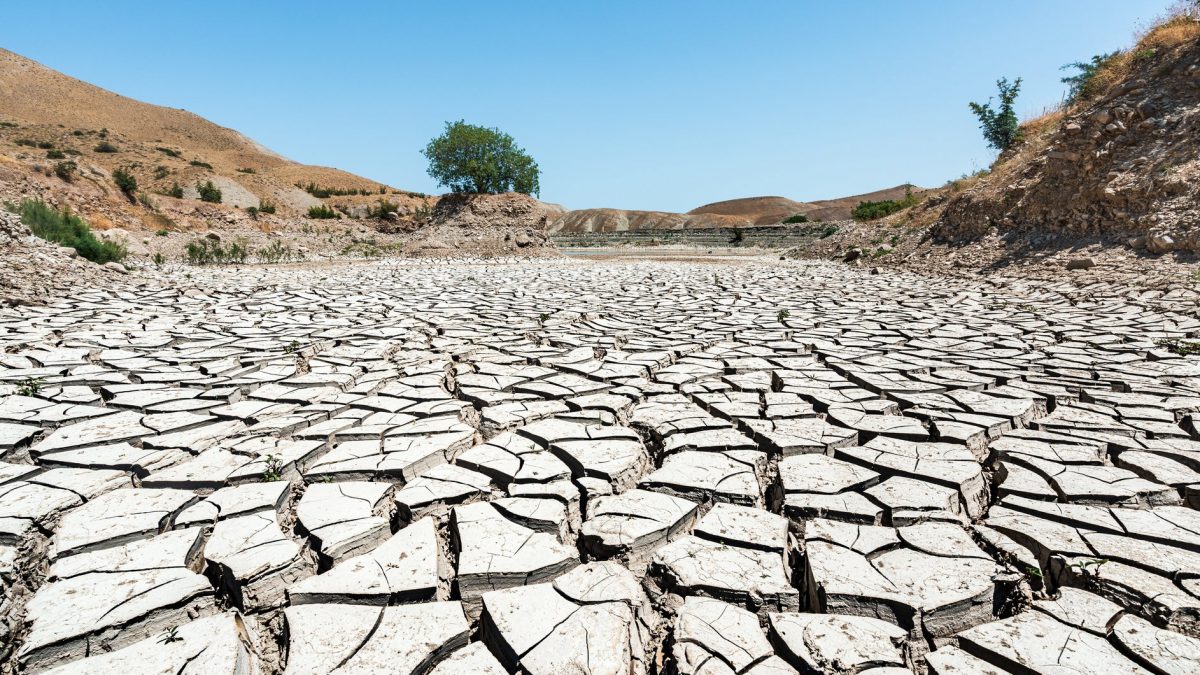
5 Problems Most Often Faced by Students Studying to be a Lawyer
February 12, 2024
The Race to AI Regulation
February 13, 2024Disclaimer: This article is written by Harry Sharma. Any views and opinions expressed in this article are those of the writers and do not necessarily reflect the views or positions of the team editor nor any entities they represent.
The controversy of environmental protest
Environmental protest has never been without controversy, not least for the intensity and passion with which protestors fight for their cause. Still, it is indisputable that as anxieties over the climate crisis have heightened, so too has the intensity of environmental protest, with protestors going to such extremes as taping themselves to motorways or throwing bright orange paint over historic university buildings. The public response to these protests has been mixed, though the wide consensus seems to be that the actions of protestors are disproportionate to the situation. A report delivered by the University of Bristol in July 2023 showed that 68% of the British public opposed the actions of Just Stop Oil, with 44% of those holding a largely unfavourable opinion of the movement. This points to the widespread unpopularity of climate campaigns, when in fact, despite the disruption they may cause, they are vital to continuing the important conversation about the dangers of climate complacency. Still, the government’s recent amendments to the Public Order Act in 2023 would seem to directly attack the fundamental right of protestors to fight for their cause and to maintain democratic freedoms.
The Public Order Act 2023
In 2023, the government passed an amendment to the Public Orders Act which, in its introduction, named three environmental protest groups having necessitated its passage. Following widespread public indignation over Insulate Britain’s M25 protest, the Act provides police and the government with new powers to restrict and criminalise protest activity. This would allow the police to use ‘stop-and-search’ tactics and ban certain forms of protest such as ‘locking-on’ (the practice of attaching oneself to another object in protest) and blocking public infrastructure. The government states on their website that the aim of these practices is to reduce the public nuisance of a small majority creating disruption to the lives of the ‘hardworking majority’. However not included in the act, but still being enforced by the government, are restrictions on protestors being able to mention their movement if they are placed on trial, distorting genuine and necessary activism into what appears to be little more than common criminality. Though this may be fair in allowing an objective legal perspective on their actions, the context of their actions is vitally necessary for understanding why protestors have acted in the manner they have, and preventing them from being unduly criminalised for standing up for their civil rights. The government has justified their actions through a YouGov poll showing that 63% of the population support making ‘locking on’ a criminal offence, whilst 53% support harsher measures for protestors causing public nuisance. The Act is certainly not unpopular, however the wider political and social implications of it somewhat sour this.
Limiting democratic freedoms
Democratic freedoms are defined as the ability of individuals to achieve social justice and preserve the freedoms and rights of the individual. Thus, the Public Order Act, which increases police powers and criminalises protest action, is in direct contravention of these freedoms. It limits the ability of protestors to effectively protest out of fear that their protest will be shut down or, worse, that they should be arrested. Such a situation is what a UN expert defined as a ‘culture of fear’.
In her address to the press before her own trial for public nuisance, renowned activist Greta Thunberg asked people “to remember who the real enemy is…who our laws are meant to protect,” in reference to how the Public Order Act is being perceived as more of a tool to silence dissent rather than something to actually protect wider society. For Thunberg and other climate organisations, their explicit reference in the naming of the Act is a means of vilification and evidence of collusion between the government and large oil companies. Yet, at the same time, the trials of Thunberg and other activists could be beneficial to the movement, through garnering more attention for the climate apocalypse; the absurdity of imprisonment for protesting for a cause so essential to the future of our planet could help gain them more supporters. Further, that Thunberg’s case was recently thrown out for ‘lack of evidence’ shows how difficult this Act will be to enforce. Moreover, this legislation could be the first of many to hinder freedom of expression, creating draconian rules that make it impossible for one to express themselves politically. Thus, the terms of the Public Order Act though appearing as mitigating public nuisance, are in fact a sanctioned silencing and repression of the activists who form the cornerstone of our democracy.
Is it right to call environmental protest peaceful?
As asserted previously, much of the government’s motivation for implementing the Public Order Act comes from the ‘public nuisance’ caused by the protest, and that protests occasionally infringe on public safety. Thus, it can be difficult to see how the protests could be seen as peaceful if such dangers are created. For instance, a viral video from 2021 shows people getting immensely emotional at their routes to school and work being blocked. This raises an important question as to the nature of peaceful protest and whether causing nuisance on the scale of Just Stop Oil is justifiable. One understanding could be that the protestors are, rather than causing antagonism and discord, instead causing short-term irritation that brings more attention, both negative and positive, to their cause; another could be that their behaviour goes beyond reasonable protest rights. For a protest to be deemed not peaceful, violent acts of vandalism and threats to wider public safety would need to occur. The nature of whether their protest is peaceful or not is certainly challenging, but one cannot deny that they are upholding the democratic right to protest, and acting on the powerlessness they feel in a world where personal agency is being increasingly stripped back.
Conclusion
Environmental protest, and the intensity of it, is necessary for drawing attention to the need for change, and the government’s repression of protestors’ democratic rights is evidence of a refusal to implement a long-term, tangible climate policy. Though, in saying this, the nuisance caused by the protestors has left an indelibly negative mark on the wider public that refuses to endear their cause to many; and the government’s repression of their protest will likely only further motivate action. It seems that the most suitable method for a more sustainable relationship with environmental protest groups would be finding a balancing act between allowing the exercising of democratic rights with the legitimate freedoms and rights of others. If anything, the best way to do this would be through a clear climate policy mandate, and not through silent repression of a necessary force for change.





